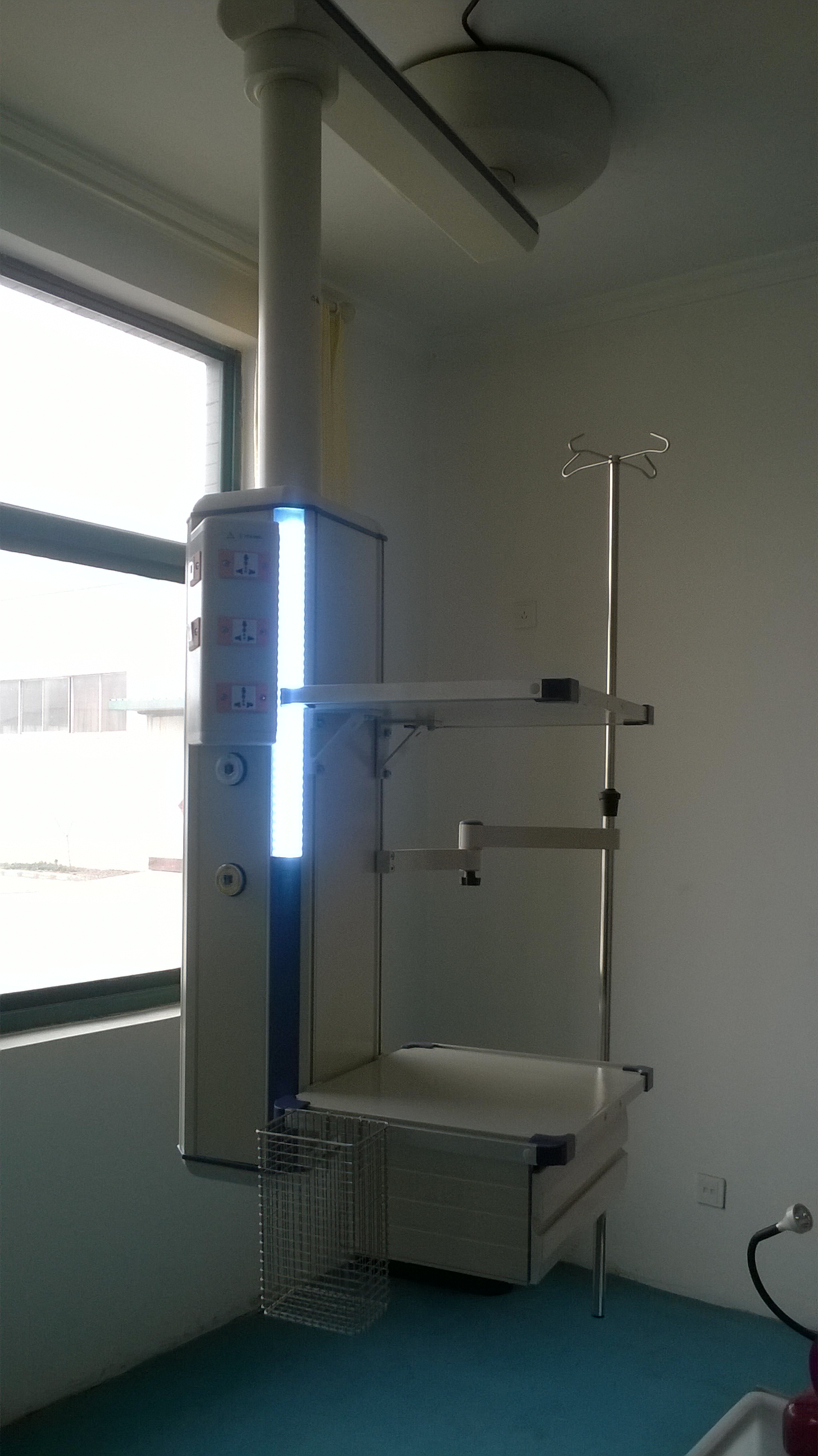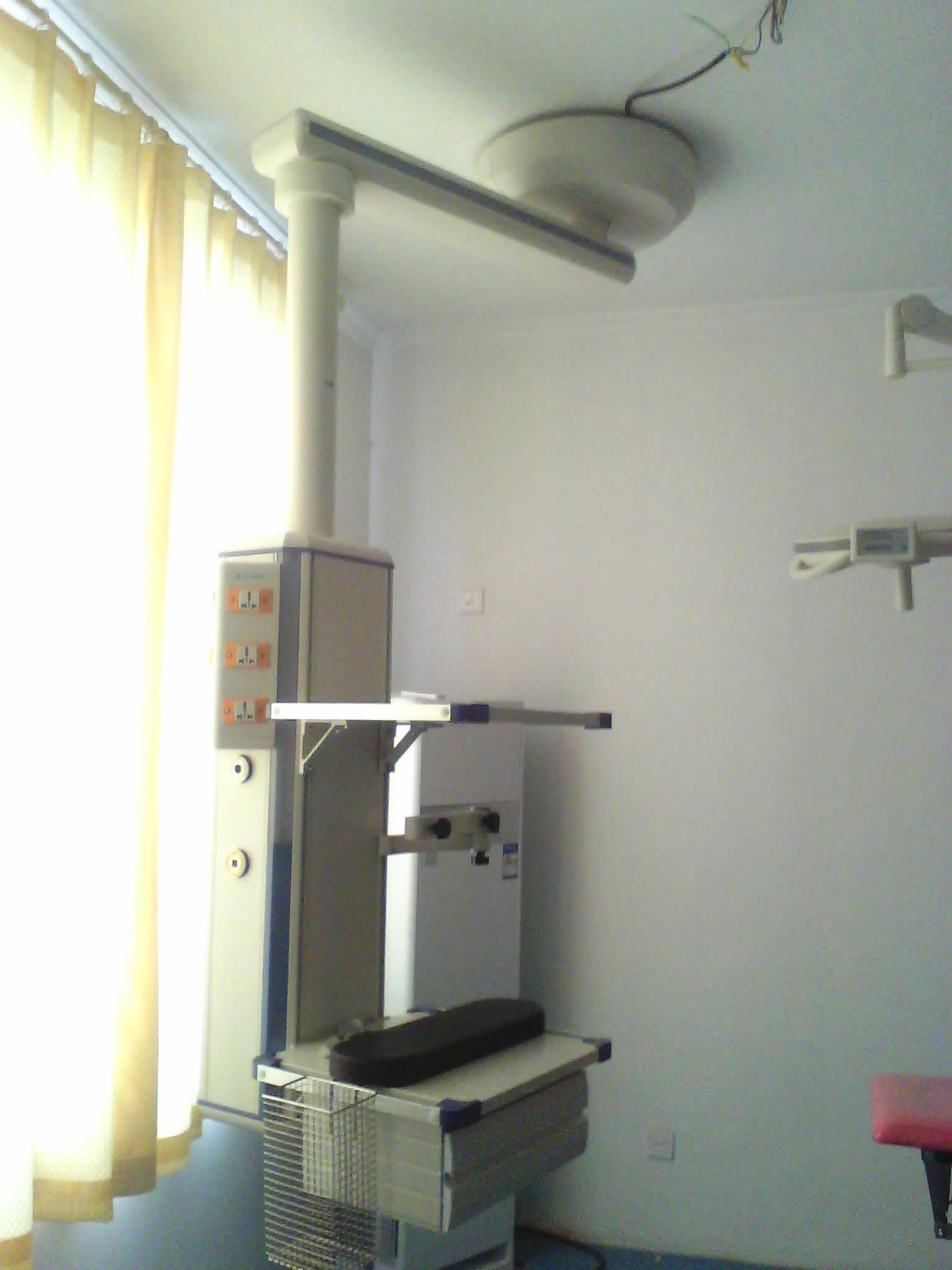1. Viral Diseases Chilli virus disease is also called pepper mosaic disease. There are four common symptoms: mosaic, yellowing, necrosis, and malformation. Mosaic is the earliest and most common symptom on pepper plants. The main manifestation is the appearance of dark green and light green mottled leaves. According to different degrees of severity, the mosaic is divided into light and heavy mosaic leaves. The leaves of light mosaics are generally flat, with spots on the leaves of heavy floral leaves, shrinkage, and uneven foliage. Yellowing is often manifested in the heart leaves, young leaves significantly yellow, and sometimes there are more yellow leaves in the whole or part of the place, the phenomenon of deciduous. Necrosis refers to the browning and necrosis of some tissues of diseased plants, with striae, apical fog, necrotic mottled spots, and ring spots, causing a large amount of fallen leaves, falling flowers, and falling fruit. The deformity is the deformation of the diseased plant, such as the leaves are in the form of lines, or the plants are short, and the branches are mostly plexiform, with no result or little result.
Pathogen and pathogenesis: There are many kinds of viruses that cause chili virus disease, but there are mainly cucumber mosaic virus and tobacco mosaic virus. Tobacco mosaic virus can survive winters in tobacco products, dried diseased plant residues, seed surfaces, and diseased tissues in soil. Cucumber mosaic virus is mostly wintered in other hosts. Cucumber mosaic virus and tobacco mosaic virus can be transmitted by aphids, but tobacco mosaic virus mainly depends on contact and wound propagation. Cucumber mosaic virus is mainly transmitted by aphids. The occurrence of diseases is closely related to the temperature, and encountering hot and dry weather, it is easy to promote the locust transmission and cause the virus to spread. In addition, plots with poor soil fertility and disease incidence are heavy.
Control methods:
1. Select disease-resistant and disease-resistant varieties. Optional types of Yuefeng No. 1, Yuefeng No. 2, Xinfeng No. 5, Zhongjiao No. 5, Zhongjiao No. 11 and so on.
2, seed disinfection. Use 10% trisodium phosphate solution to soak seeds for 20-30 minutes, rinse with clean water, and clean the seeds. 3, remove the disease. Remove diseased fruits, old fruits and diseased leaves, reduce field disease, reduce nutrient consumption of diseased plants, enhance field air permeability, and promote plant growth.
4, eliminate fleas and prevent disease. Pay attention to control pests such as aphids, thrips, and fleas to cut off the source of infection of viral diseases. During the occurrence of locusts, spray 73% of Ketek EC 2000 times, or 21% kill quail EC 6000 times, or 2.5% deltamethrin 3000 times, or 2.5% Kungfu EC 4000 times.
5, pharmaceutical control. At the beginning of the disease, 20% of virus A WP 500 times; or 1.5% of phytopathogenic larvae 800 times; or 5% of virions 700 times; when the disease is severe, 0.1% of medical potassium permanganate is sprayed. Aqueous solution (can not be mixed with any fungicide, insecticide, growth hormone).
2. Epidemic disease is a devastating disease in the production of bell peppers and peppers. The seedling and adult stages of sweet peppers and peppers are all affected by the disease, and the leaves, stems and fruits are all affected. In the seedling stage, some of them appeared to have fallen down. The base of the stem became dark green, water-soaked, contracted or soft rot. Some stems were dark brown and the seedlings withered and died. When the leaves became infected, there was a round or near-circular disease. Spots, yellow-green edges, dark brown center; fruit disease begins at the pedicle, fresh water-immersed dark green spots, quickly turned brown soft rot, grows white mold layer when the humidity is high, dark brown fruit after drying hangs on the branches . The lesions on the stems and shoots were initially immersed in water. The young shoots quickly collapsed and collapsed. The older ones had brownish or black streak that spread around the epidermis. The branches and leaves above the diseased part quickly withered.
The disease is caused by a fungus called Phytophthora capsici. Residues in the soil, sick bodies, and pathogens attached to the seeds are the main sources of primary infestation. Rainwater splashing and irrigation flow are the main ways to spread. In the temperature of 30 °C, relative humidity of 85% is the most favorable condition for onset. Generally, it is easy to get sick when the weather suddenly turns to fine weather after sultry or rainy or heavy rain. If there is a large area of ​​continuous cropping, the varieties are not resistant to disease, waterlogging in the fields, partial application of nitrogen fertilizer is too heavy, the branches and leaves are too dense for ventilation and ventilation, and the epidemic is more serious.
Control methods:
1. Clean up the fields immediately after the harvest, turn the land deep, and rotate with non-solanum plants.
2. Selection of disease-resistant varieties, such as Yuejiao No. 1 and No. 2 and Guangjiao No. 1 and No. 2, etc., which are more dredged, are more suitable for planting in areas with high humidity and rain.
3, focus on the cultivation of disease-free strong seedlings. It is best to cover the seedlings with thin film in advance and cover the mulching film to avoid the effects of high temperature and rain in summer.
4, planting lotus root requires good drainage, adequate organic basal fertilizer, timely recovery of fertilizer to promote waterlogging, attacking fruit and prevent decay, and in the vigorous growth period with the choice of spraying Fufengsu, green Fenwei, high magnesium and Shih love to receive more leaves leaven.
5, rational use of drugs. Seed disinfection can be used at 52 °C water temperature hot 30 minutes; or pre-soaked with water for 10 - 12 hours after soaking with 1% copper sulfate solution for 5 minutes, remove and mix with a small amount of plant ash; can also be used 72.2% Prokary water 1000 times Soaking for 12 hours. Before the onset of disease, Dashuangning (75% wettable powder) 800 times solution, phosphine aluminum manganese zinc (70% wettable powder) 500--600 times solution, and Dashengfu 500 times solution can be sprayed once every 7 days; It is also possible to apply 3 kg of copper sulphate powder per mu to prevent infestation on the ground. The following pesticides should be sprayed on the field at the time of onset: Cream (55% wettable powder) 800--1000 times liquid, extinction cadmium manganese (60% wettable powder) 600--800 times liquid, anti-virus cream or cardo (64% wettable powder) 700 times liquid, cream net (70% wettable powder) 1000--1200 times, Rhizoctonia (58% wettable powder) 500--700 times liquid, gossypium 72.2% water) 600--800 times liquid.
Root rot Root rot is caused by a fungus called Fusarium solani, which occurs mostly after vegetative growth after planting. At the beginning, the lower leaves of the pepper seedlings wilted and gradually developed towards the upper leaves, which generally wilted during the day and recovered from the evening to the next morning. The whole plant died after repeated days. Dead leaves often curled and did not fall off, which was significantly different from bell pepper and capsicum wilt. Roots and roots of the cortex was pale brown to dark brown rot, easily peeling, exposing the dark xylem. The diseased area is generally limited to the roots and rhizomes. The dead sweet pepper seedlings are easy to pull up.
The pathogenic bacteria are crustaceous spores, sclerotia or mycelium that survive in the soil and have strong saprophytic properties. They can survive in the organic matter of the soil and diseased bodies for several years and are the main source of primary infection. Bacteria spread with rainwater and irrigation water, and the application of uncontaminated organic fertilizers is also easy to spread with bacteria. The pepper has a longer seedling period and a lighter root system. It will aggravate the occurrence of the disease under the conditions of high temperature and rainy weather, soil moisture or soil temperature being too high, transplanting seedlings to injure the roots, improper soil management due to improper management, and affecting root development.
Control methods: Carefully cultivate strong seedlings, try not to damage the roots during transplantation, and carefully arrange them to ensure that no water is accumulated and roots are applied. Apply a completely decomposed organic fertilizer as a base fertilizer. After the planting, in the event of sun exposure, dry straw and other materials should be used to cover the ground to prevent excessive soil temperature, and a small amount of watering to maintain the relative humidity and temperature of the root zone is relatively stable, and promote rapid root growth. In the early stage of disease, the agent can be used to irrigate the roots or spray, root rot urin (40% wettable powder) 600 times; or wither wilt (30% wettable powder) 500 times; or Eupatorium (70% WP) 800--1000 times liquid; or Baoning (60% wettable powder) 600 times; or carbendazim (50% wettable powder) 500 times. 7--10 days once, continuous medication 2 - 3 times.
Medical Pendant is new auxiliary medical equipment in operating room and ICU, with rotation function, which makes medical staff operate it easily. Different medical gas, strong or weak power, internet output terminal are integrated on it, damping device is configured to prevent drift, tray and drawer can put some medical devices. The ICU pendant is perfect medical gas, power and device platform work station for medical staff. Solid design and composite surfaces that can be cleaned with standard disinfectants completely eliminate contamination.
For more information about Operating Light, Operating Table, Hospital Bed and medical pendant please visit website.


Medical Pendant & ICU Bridge Pendant
Medical Pendant,Icu Bridge Pendant,Surgical Pendant,Bridge Ceiling Pendant
Shandong Mingtai Medical Equipment Group Co., Ltd , http://www.mingtaic.com